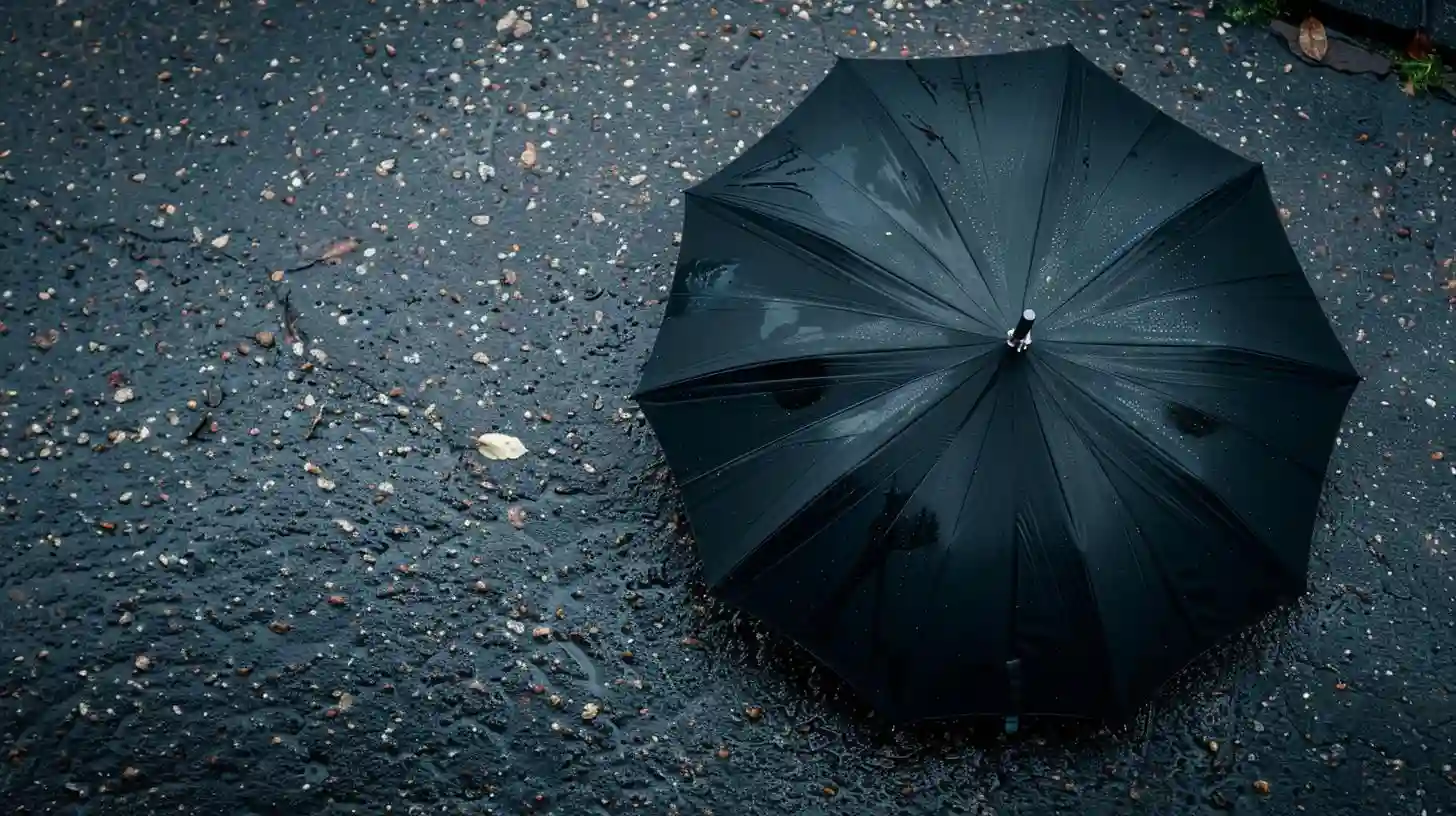
Whether you're strolling the busy streets of New York, strolling the historic alleys of London, or exploring the verdant landscapes of rural Japan, for many, an umbrella will become a ubiquitous companion. But have you ever thought about the science and reasons why umbrellas are so effective at protecting us from the rain? Let's delve into the intricacies of this simple yet ingenious device and find out why it is our foremost defense against nature's waterborne attacks.
Before learning the functional aspects, it is important to understand the history and evolution of umbrellas. The term "umbrella" comes from the Latin word "umbra", which means shadow or shade. Interestingly, the first umbrellas were intended more for protection from the sun. Records from the ancient civilizations of Egypt, China and Assyria demonstrate the use of parasols by nobles for protection from the sun. Only later was the scope expanded to include rain protection.
An umbrella usually consists of a canopy of waterproof or water-resistant material stretched over a frame of ribs, usually made of metal or fiberglass. The central shaft allows you to open or close the umbrella using a sliding mechanism. Various umbrella designs include vents, flexible joints and ergonomic handles to enhance stability, ease of use and comfort.
The basis of the functionality of an umbrella is its dome. Modern umbrellas often use materials such as polyester, nylon and pongee, which are inherently waterproof due to their tight weave. This prevents raindrops from seeping through. In addition, many sheds are treated with waterproof coatings such as Teflon. This adds an extra layer of protection by causing water droplets to bead and roll off rather than being absorbed into the fabric.
The dome shape is not just aesthetic; it is scientifically effective. When you hold an umbrella above your head, its arched shape naturally deflects falling rain away from your body. The curvature allows water droplets to quickly flow down the sides, reducing the likelihood of water pooling and leakage.
One of the biggest problems with umbrellas is dealing with the wind. The wind can turn the umbrella inside out or make it difficult to hold. Engineers and designers have solved this problem by developing more wind-resistant models. These umbrellas often have ventilated canopies that allow the wind to pass through without the umbrella flipping over. Advanced fin materials such as strong, lightweight fiberglass provide the flexibility and strength needed to withstand gusty winds.
Perhaps one of the most significant advantages of umbrellas is their portability. Modern umbrellas are lightweight and foldable, making them easy to carry in bags, backpacks and even pockets. This means you're always prepared for sudden changes in weather - a common occurrence in many parts of the world.
Unlike raincoats and ponchos, which only protect part of your body, an umbrella provides much more coverage. It protects not only your head and shoulders, but also your upper body, and often your belongings such as bags and briefcases.
Apart from rain, umbrellas serve various purposes. They are useful for protecting against harmful ultraviolet rays. In addition, some specialized umbrellas are equipped with reflective materials or LED lights, which provide additional safety at night or in low visibility conditions.
The umbrella goes beyond its practical usefulness, deeply fitting into the cultural context and psychological comfort. In many cultures, umbrellas symbolize protection and status. The sight of an umbrella often brings a sense of relief, offering not only physical protection but also emotional comfort from inclement weather.
In today's environmentally conscious world, a product's environmental impact is critical. Umbrellas made from environmentally friendly materials can be relatively low impact items. Plus, their longevity—if properly maintained—means fewer replacements and less waste. However, the trend towards inexpensive disposable umbrellas poses an environmental problem. Investing in high-quality, durable models can solve this problem and reduce our environmental footprint.
As technology advances, so do innovations in umbrella design. Umbrellas of the future could include smart features such as weather alert systems, UV sensors or even self-cleaning materials. The focus will likely continue to be on improving durability, user comfort and environmental sustainability.
The main function of an umbrella - protection from rain - is due to a combination of thoughtful design, material science and practical convenience. Its waterproof canopy, wind-resistant design, and ability to provide wide coverage make it a must-have tool for rainy weather. In addition, umbrellas carry cultural meaning and psychological reassurance, further emphasizing their importance in our daily lives. Whether you're a minimalist who chooses a compact travel umbrella or someone who prefers the elegance of a full-size model, this essential device continues to evolve, adapt, and serve its primary purpose with amazing efficiency.
Essentially, although an umbrella may seem like a simple device, it embodies a combination of science, design and practicality that allows it to effectively protect us from the rain, keeping us dry and comfortable no matter the downpour.